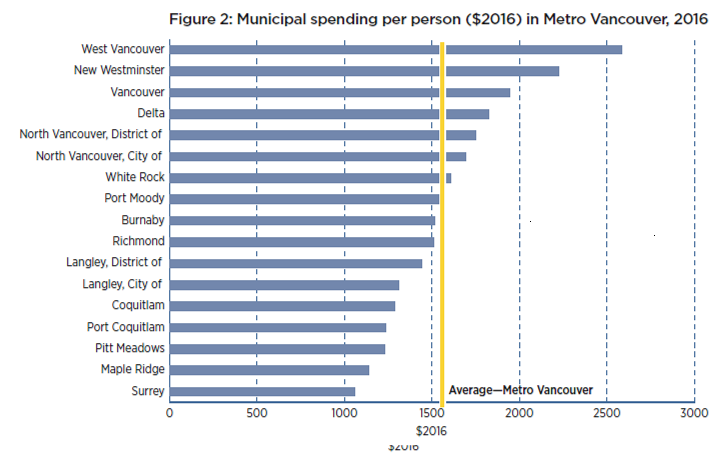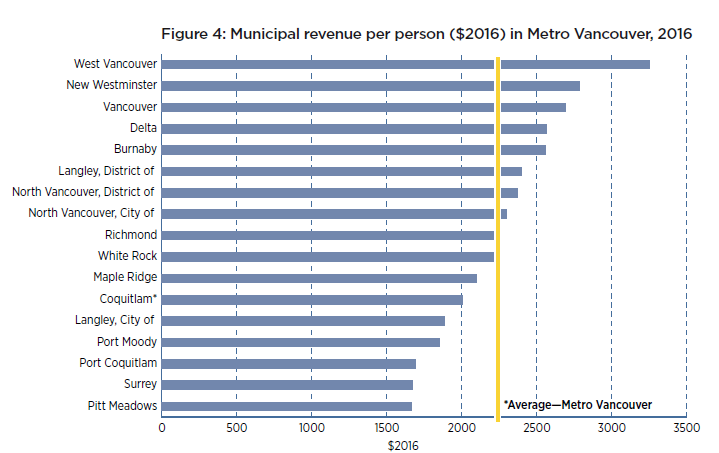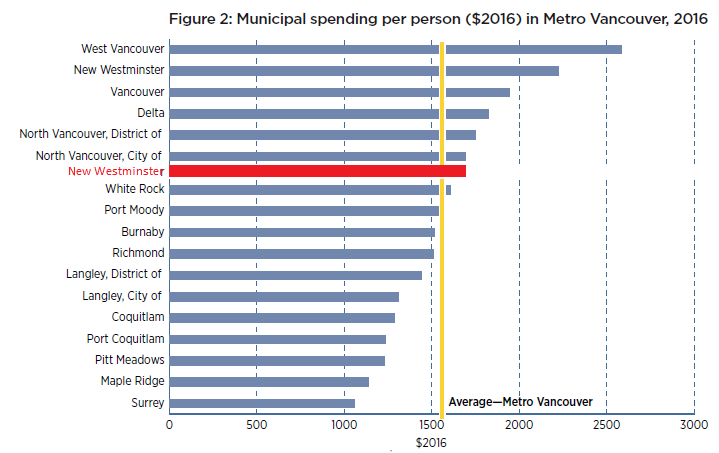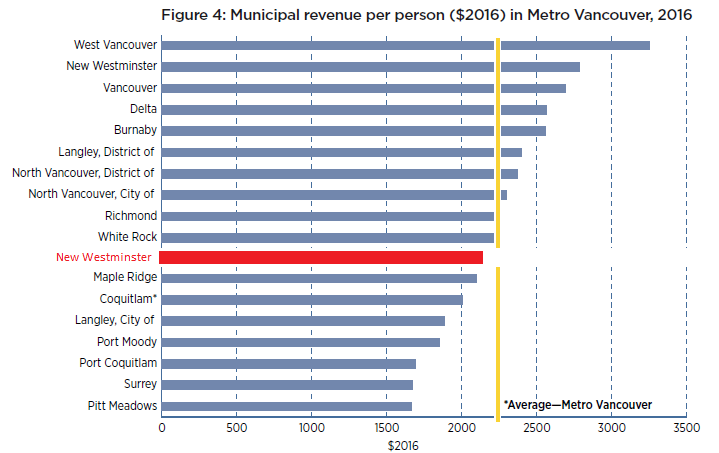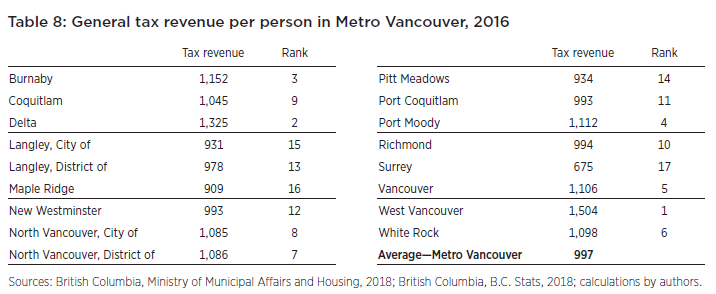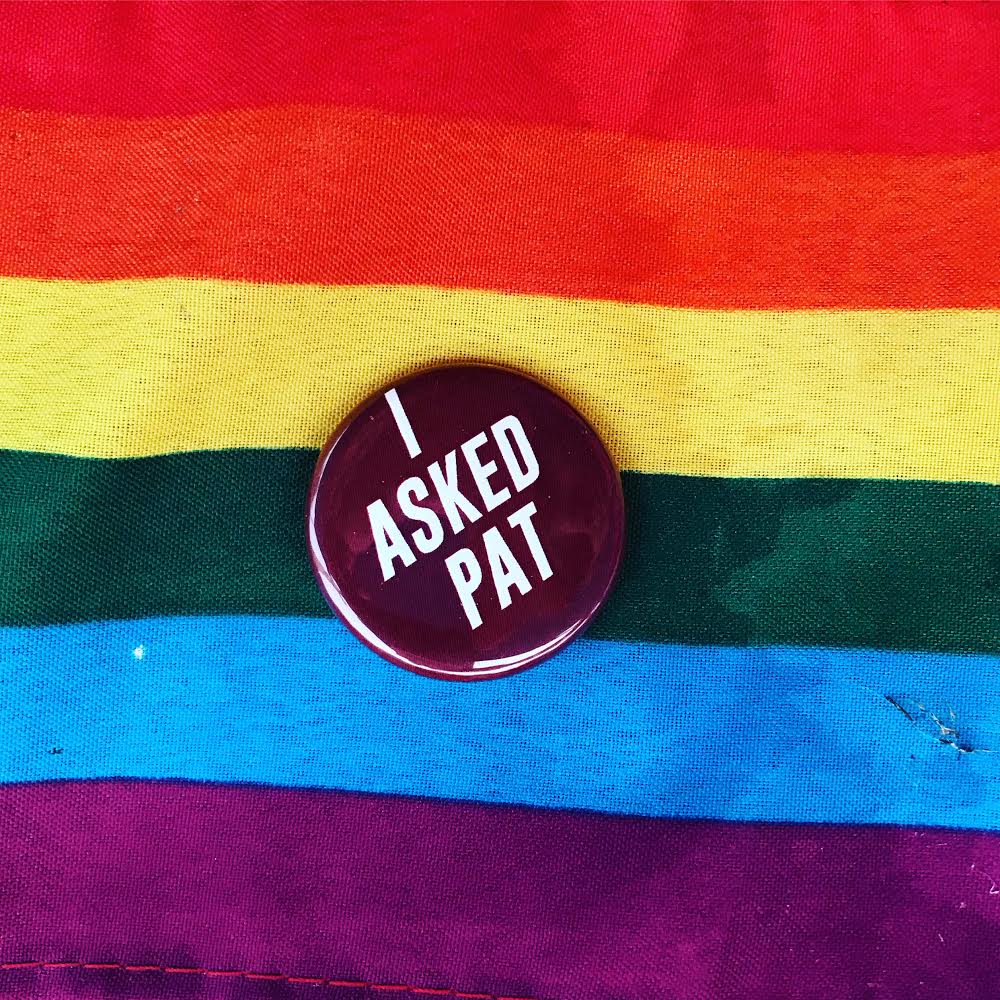It was a strange Council meeting on Monday. Maybe we were out of practice, maybe election fever is frying our brains, but the meeting had a different feel. Or maybe it was just me. Nonetheless, we persevered, and started our Agenda with four (4!) Opportunities to be Heard:
DVP00648 for 601 Sixth Street
This is a pretty straight-forward sign variance to replace an existing sign for an established business. The variance is because the area of the sign is twice what is permitted, mostly because it’s location fits in under the more restrictive category of “under canopy” sign. Other than that, it is completely appropriate in size as a building identification sign.
We received no correspondence on this variance, no-one came to speak to it, and it seems reasonable. Council voted to grant the variance.
DVP00649 for 315 Fifth Street
This is an interesting application. The owner of the heritage home in Queens Park wants to install a livable basement, and wishes to raise the house by 2.75 feet to accomplish this. Some complications exist in digging down to make up enough basement roof height, mostly around how the perimeter drainage of the house interacts with groundwater and the invert of the adjacent drainage network. Although the request puts the roof 1.25 feet above the allowable height, it would still be significantly lower than the heritage houses adjacent on either side.
We received some correspondence for neighbours concerned about overlook issues, and had two neighbours come to speak to Council about their concerns. After a bit of discussion, I am satisfied most neighbouring concerns (around drainage changes and the City enforcing overlook mitigation) were addressed, and the relatively minor lift of the house is a reasonable request. Council voted to approve the variance.
Tanaka Court Road Closure Bylaw No. 7991, 2018
This is the process through which the City “closes” a road. The road in question is currently undeveloped, and the city has no plans to ever develop it. The owner of the adjacent undeveloped property would like to purchase the land and include it in their development plan for a new business. As the road is surplus to City needs, there is no reason to oppose this. We get paid for the land, and the new owner starts paying taxes to us for the land!
Building Bylaw Amendment Bylaw No. 8030, 2018
The City is making adjustments to its building bylaw to restrict some types of pile driving, after making the changes to the Construction Noise Bylaw. The impact on residents of the current building boom is something the City recognizes, and we are trying to balance the needs of new developments with the livability impacts of construction. Getting rid of the largest diesel-hammer pile drivers will be a noticeable difference.
We receive no correspondence on this, and no one came to speak to Council on the Bylaw. Council moved to approve the Bylaw for three readings.
We than had a Report for action:
Official Community Plan: Phase Two of the Infill Housing Program – Discussion of Scope of Work,
This report outlines what staff will be working on for the next few months as part of the ongoing OCP implementation work. In Phase 1 of the work, they have been concentrating on getting the laneway/carriage home guidelines operational and have been working on the infill townhouse/rowhome program, with results of that work coming to Council in October and November.
Phase 2 is going to look at other more flexible housing forms: duplexes and triplexes, with a hopes to better understand what works in the economics of lot size vs. construction cost with an eye to making more flexible housing forms available, and to actually fill and affordability gap for families that need more room than an apartment
The goals here are good, but it is important that we are doing this work in the context of a shifting economic environment. The goals of the OCP are to create more housing choice across the affordability spectrum, and we need to assure the tools we are applying are actually moving us that direction. More to come!
The following items were Moved on Consent without Council discussion:
Draft Economic Development Plan
The City has been working on this plan for a bit of time, based on some strategic direction given at the beginning of this Council term. After extensive stakeholder consultation, it is time to open it up to more public discussion. This is the first comprehensive update of the EDP since 2008, and a lot has changed locally and regionally in that decade.
Stakeholder input so far include 600 business respondents to survey, a formal meetings with business stakeholder groups. It bounced of Council in February workshop, and some changes included. The strategy includes 4 goal statements, 6 strategies, and about 30 concrete actions the City can take to enact those strategies. As this is a report about a strategy that is going out to public comment, I don’t want to pre-judge too much before we hear from that public. However, I will talk about one aspect that I’m not sure any City is really ready to deal with: the future of retail.
Will our retail space be different in 10 years? Will we need to move towards smaller storefronts and more affordable spaces for “artisan” or more curated retail experiences, or will we see continued amalgamation to larger 20,000-square foot+ major retail as has been the trend over the last decade? What does that mean for our commercial areas, and how can we shift them to meet the demand that will be different in 2025, even if we don’t yet know what those difference will be? I don’t have answers ot these questions, but want us to be thinking about them.
Recruitment 2018: Multiculturalism Advisory Committee Appointment
We have seats on several City committees for representatives from School District 40. The School district has asked us to shift the person in the role for this committee, and we moved to approve this change.
205 Clinton Place: Heritage Revitalization Agreement Amendment Bylaw for Timeline Extension – Bylaw for Three Readings
The homeowners who are doing extensive renovations to a heritage home on the edge of Queens Park need some more time to complete the heritage restoration. This is not unreasonable – these types of projects on 100-year-old houses commonly run into unexpected delays, and there is ample evidence that the homeowner is moving forward with good intent, but had some unavoidable delays. Council moved to grant them an extension.
207 – 209 St. Patrick Street: Official Community Plan Amendment to Return Heritage Conservation Area Related Protection – Bylaw for First and Second Readings
This is a property that qualified to be removed from the Heritage Conservation Area in Queens Park as part of the group evaluation process developed to refine protections as the HCA was rolled in. However, the owner requested that protection of the HCA be applied to their property – they were automatically opted out do to the evaluation criteria, and wish to opt back in. It seems a little ungainly, but the process here is actually the quickest way to get through these post-HRA adjustments, so this is the path we are taking! It will go to Public Hearing on the September 17th.
647 Ewen Avenue: Official Community Plan Amendment Section 475 and 476 – Consultation Report
This small development in Queensborough will preserve the heritage Slovak Hall while building five new townhouses in a predominantly single-family neighbourhood. This is a preliminary report, and needs to go through some committee review, public consultation, and a Public Hearing. This report outlines that consultation and gives Council an opportunity to highlight any concerns. We had no concerns, and are OK with the project moving forward towards a Public Hearing in 2019. Mark your calendar.
610 – 612 Brantford Street: Temporary Use Permit for a Sales Centre – Consideration of Opportunity to be Heard
This medium-density development in the Bent Court area of Brow of the Hill included the preservation of a heritage home on the property. The developer wants to use that restored heritage house as their sales centre for the development. To do this, they need a Temporary Use Permit. It is in a somewhat unique location, with adjacent commercial uses, so it seems reasonable, but if you feel differently, there will be an Opportunity to be Heard on September 17.
228 Nelson’s Court: Development Variance Permit No. DVP00650 to Vary Sign Bylaw Requirements for the Brewery District – Consideration of Notice of Opportunity to be Heard
The Brewery District developer wants to vary the sign bylaw to put larger-then-permitted signs on the Brunette Ave fascia of the building. There will be an opportunity to be heard on September 17th!
This is not directly related to the “The Sappers were Here” public art piece, which I think may need to be discussed at some point in context of the City’s reconciliation work. However, we have a lot of work to do before we get to that conversation.
1001 Edinburgh Street: Appeal of Tree Removal Permit Issuance
The City passed a Tree Protection Bylaw in 2016 to prevent the loss of tree canopy in the City. A fundamental part of this Bylaw is not permitting the removal of large trees (called “specimen trees” in the Bylaw) unless they pose a hazard or have reached end of life. When refused a removal permit for a tree on private property, that owner has the right to appeal to Council. A homeowner is exercising that right after they were refused a permit to remove a large monkey puzzle tree in their front yard.
The arbourist the landowner hired and the City’s arbourist agreed that this tree is healthy and does not present a hazard. Council did not grant the appeal.
420 Boyne Street (Animal Shelter): Ministry of Transportation and Infrastructure Outstanding Referral: Rescinding and Amendment to Zoning Amendment Bylaw – Consideration of Readings and Public Hearing Waiver
The zoning amendment for this property that occurred in 2017 apparently skipped an important step, which is referral to the Ministry of Transportation. So we need to rescind it, complete that referral step, then do it again. As the application already went through a Public Hearing, we will not have to do that again.
1400 Quayside Drive (Muni Evers Park and Poplar Landing): Update on Phase 1 Consultation Results and Proposed Next Steps
The last piece of Quayside Drive land has an interesting history, and is still, for the most part, vacant. The property belongs to the City and Metro Vancouver utilities, and has a Combined Sewer Overflow tank on it – a storage tank designed to temporarily store surges of sewer water during intense storms to prevent those surges from overflowing into the Fraser River when the down-pipe capacity is not able to accommodate the volume. At some point, the property was christened “Muni Evers Park”, after New Westminster’s longest-serving Mayor. It is, however, not currently a park, and is secured behind a fence after extensive soil and groundwater remediation occurred on the site.
The City would like to activate this site, and would like to use it for some combination of affordable housing and park use, with a market housing component to pay for those. This will involve a number of steps, the first being getting Metro Vancouver to agree, as they have an ownership stake on the land and the existing infrastructure there.
As the City works that angle, we are also doing public engagement to get an idea what the neighbourhood thinks of the property and potential uses. This report provides some of the feedback we heard from the attendees of an open house at the Quayside.
DVP00652 – Off-Site Servicing Works for 1 Cumberland Street (Alias) – Metro Vancouver Sapperton Pump Station
For technical reasons including a couple of rail lines and a SkyTrain guideway, it is difficult (I try never to say “impossible”) to provide underground electrical service to the new Metro Vancouver pump station being built in the Braid Industrial Area. To allow overhead service, we need to provide a Development Variance.
Application for Grant Funding to the Investing in Canada Infrastructure Program
We are applying for senior government grants to help pay for our ongoing sewer separation program. We did receive a grant to help with the Sapperton program, and though the timeliness conditions attached to that funding meant we had to work faster than we might have likely contributed to the impact on the community during the works being less than ideal, it meant that the City received more than $5Million that did not have to get passed on in your utility bills. The next priority is in the Kelvin Heights and West end. If we get a grant, it will allow us to accelerate the sewer separation, and further reduce the increases in your sewer costs.
Licence to Occupy Agreement for Brow of the Hill Parklet at Seventh Street and Fourth Avenue
The City’s newest Parklet is half-completed – the part on City lands has been installed and planted by volunteers from the Brow of the Hill Residents’ Association. The second half is on land that belongs to the First Presbyterian Church, and we need a license agreement with them to make sure everyone is clear who is responsible for what.
Queensborough Dog Off-Leash Area Relocation
The current off-leash area in Queensborough is going to be developed, so the City has been working with members of the Q’Boro community to plan for a replacement. There have been pop-up events at “Pawfest” events at the current park, a couple of public open houses, and Residents’ Association conversations. The result was a request for two off-leash parks: one at Ryall Park to replace the current one, and a smaller one at Port Royal. The first we can do right away, the second is going to need some more work with the neighbourhood to identify the right size and location.
Multicultural Advisory Committee: Immigrant and Refugee Survey
The City’s Multiculturalism Advisory Committee is recommending we re-do a survey of the refugee and immigrant community in the City, to repeat one last performed in 2013. Good idea.
Environmental Advisory Committee: Contaminants and Pollutants Entering the Environment
The EAC identified a concern around lead and other metals entering soil and waterways via sporting equipment (shot and fishing lures), which expanded into concerns about activities in the City that may act to introduce contaminants and pollutants in to the waterways and soil in the City. I am OK with adding this to our burgeoning Environmental Strategy, but want us to be cautious about expanding the City’s limited capacity into areas of jurisdiction that clearly belong to senior governments. The Federal Fisheries Act regulates deleterious substances, the provincial Environmental Management Act regulates spills, waste management, air quality and pollution prevention. If we have a role to play in these areas, it is in assuring senior governments enforce the rules they have, and providing them assistance in doing that. Creating another layer of rules is not an effective way to address this situation when there are no resources to manage the rules we have. Still, advocacy at the local government level can push senior government towards better enforcement.
Access Ability Advisory Committee: Request for Additional Accessible Taxis
The AAAC raised this issue to Council after recent decisions by the Passenger Transportation Board meant that requests to increase the numbers of accessible taxis in New Westminster were not approved. The City will advocate and let the PTB and the Minister of Transportation know that this is not acceptable, that accessible taxis are in desperate need in the City right now, and that any changes to the regulations that will bring ride-hailing services like Uber or Lyft to British Columbia have to assure that the needs of the disabled are integrated in to the regulations.
The following items were Removed from Consent for discussion:
Committee Recruitment and Diversity
This is a follow-up on Councillor Trentadue’s motion to start work on assuring the demographics of our committees better represent the demographics of our community. The first step on this process is to actually collect the demographic information for Committee members, and for committee applicants, so we know what the gaps in our recruiting process are and what the underrepresented groups are.
This first step is making changes in the application form for committee recruitment to collect the demographic info. It will be optional to fill that part of the form out at first (let’s see how the take-up is), but we can hopefully start on this path and use the data to be more systematic about our committee recruitment in coming years.
Tl’etinqox Sister Community Agreement
The City has several “Sister City” relationships with cities in Asia, some more active than others. However, we have been looking at a new form of International relationship – that with the First Nations of Canada. As we are working towards reconciliation and addressing the Call to Action of the Truth and Reconciliation Commission, we are cognizant that the first step is always in building relationships to forge a mutual respect and trust. As a municipality, we are hoping to establish a Sister Community relationship with the largest community in the Tsilhqot’in Nation.
Council moved to approve this agreement, and we will send the invitation to the Tl’etinqox leaders in hopes that they will meet us to formalize this relationship.
Recreational Cannabis: Consideration of Bylaws for Implementation of Cannabis Regulatory Framework
We are moving forward with cannabis regulation, as a nation, a province, and a city. In New Westminster, we have had a series of public engagements and Council workshops to work our way towards a regulatory framework. This is a good example of where the 7 members of Council have had some pretty strong disagreements on the details of the regulations, but have worked with staff to integrate the public engagement results and put together a framework that we can all agree upon. I suspect this isn’t perfect, and there will be some adjustments needed as this unrolls, but this is ready to go to Public hearing on September 17, in hopes everything can be in place by the time the Federal law makes this new industry and these businesses in our community legal.
Rental Replacement Policy and Inclusionary Housing Policy: Next Steps and Timeline
We are continuing the policy work of getting the newly-developed Inclusionary Housing and Rental Replacement Policy in place. This is actually a massively complicated piece of public policy work because it interacts with so much of the City’s core functions, and multiple other internal and external policy. Some of the groundwork has already been done, including internal intra-departmental consultation, case studies of other municipalities, and land economics analysis to give us an idea what we would need to do to get any take-up on this new policy. There will now be some stakeholder consultation, and reaching out to Advisory Committees, the development community, non-profit housing providers and the public.
I think there is an opportunity here for us to use these new zoning tools to protect and preserve exiting purpose built rental, but it must be applied with an understanding of the positive and potential negative impacts. The law of unintended consequences will no doubt apply, but I think we are well positioned to take great advantage of this change.
Electrical Vehicle Charging Infrastructure for New Buildings
The City has developed a zoning bylaw amendment that would require a Level 2 energized outlet for all residential parking spaces in new buildings. As it is much easier and more cost-effective to build the supporting infrastructure for chargers during initial construction than to retro-fit buildings after, this will ultimately save residents and building owners money.
The Bylaw change will assure the necessary infrastructure to support chargers will be installed during construction (adequate power supply, conduit to carry electricity to parking spots, and energized outlets) but will allow building owners to install their own energy management tools and charging units when the need arises. This balances the up-front cost with making sure future homeowners are not burdened with engineering barriers to having a home charger.
This bylaw amendment will go to Public Hearing on September 17, so come out and tell us what you think!
Then we had one piece of new business:
Communities on the Move Declaration
The BC Alliance for Healthy Living is a partnership between organizations involved in Public Health initiatives, including the Heart & Stroke Foundation, the Canadian cancer Society and the Health Officers Council of BC. Their main call in the Communities on the Move declaration is to call on the Province to prioritize active transportation as a public health initiative.
We know people who engage in active transportation –transit, walking, cycling – have better health outcomes than those who rely on automobiles, and as communities invest in supporting active transportation, the province’s health agencies are the primary budget beneficiaries – we save out health agencies money by supporting healthier lifestyles for our residents. So we are calling on the Province to budget accordingly and support active transportation not just in our urban areas, but in all parts of the province.
Our Local HUB chapter has asked New Westminster to join the dozens of other communities across BC to endorse the declaration. This meets so many of our City’s goals in building a healthy community, mobility for all, clean air and environment and safety for all road users. Council voted to endorse the declaration.
We then ran through the Bylaws of the day:
Zoning Amendment (420 Boyne Street) Bylaw No. 8036, 2018
As mentioned above, to make the Ministry of Transportations process valid, we rescinded third and second reading, and re-read Second Reading for the amended Bylaw so that we can bounce it off MOTI.
Zoning Amendment (Cannabis) Bylaw No. 8043, 2018
As mentioned above, the Bylaw that changes our zoning Bylaw to allow cannabis retail in the City was given two readings. There will be a Public Hearing on September 17 if you want to share some thoughts about this with Council.
Official Community Plan Amendment (207/209 St. Patrick Street) Bylaw No 8042, 2018
As mentioned above, this Bylaw that returns HCA protection to this home at the request of the homeowner was given two readings. This will have a Public Hearing on September 17 if you have any concerns or issues.
Zoning Amendment Bylaw (Electric Vehicle Charging Infrastructure in Residential Buildings) No. 8040, 2018 and
Official Community Plan Amendment (Electric Vehicle Infrastructure Guidance for Development Permit Area Guidelines) Bylaw No. 8039, 2018
As mentioned above, these Bylaws that bring electric charging infrastructure to new residential buildings were given two readings, and will also come to a Public Hearing on September 17.
Heritage Revitalization Agreement (205 Clinton Place) Amendment Bylaw No. 8046, 2018
This bylaw that extends the timeline for restoration of this heritage house was given Three readings.
Business Licence Bylaw Amendment (Cannabis) Bylaw No. 8044, 2018;
Development Services Fees and Rates Bylaw Amendment Bylaw No. 8047, 2018;
Smoking Control Bylaw Amendment Bylaw No. 8048, 2018;
Bylaw Notice Enforcement Bylaw Amendment Bylaw No. 8049, 2018; and
Municipal Ticketing Information Amendment Bylaw No. 8050, 2018
These Bylaws that cover the various aspects of cannabis regulation in the City around business licenses an nuisance smoking were all given Third Readings.
Bylaw Notice Enforcement Bylaw Amendment No. 8031, 2018 and Municipal Ticketing Information Bylaw Amendment No. 8032, 2018
As discussed on the July 9th meeting, these Bylaws that formalize the fines and ticketing to support the ban on large diesel impact pile drivers were adopted. They are no the law.
Zoning Amendment (228 – 232 Sixth Street) Bylaw No. 7996, 2018
As discussed at the April 30, 2017 Public Hearing, this Bylaw that formalized the zoning of the proposed development in at the old La Rustica restaurant site was adopted by Council.
Zoning Amendment (406 – 412 East Columbia Street) Bylaw No. 7995, 2018
As discussed at the April 30, 2017 Public Hearing, this Bylaw that formalized the zoning of the proposed development at the vacant lot in Sapperton was adopted by Council.
Zoning Amendment Bylaw (41 and 175 Duncan Street) No. 7983, 2018 and
Official Community Plan Amendment (175 Duncan Street) Bylaw No.7982, 2018
As also discussed at the April 30, 2017 Public Hearing, these Bylaws that formalized the OSP update and zoning of the proposed townhouse development in Queensborough was adopted by Council.
Wood-Boyne Street Road Closure Bylaw No. 8037, 3028
As discussed at the July 12st Meeting, this Bylaw that formally closes a section of road in Queensborough was adopted by Council.
And after that, it was all over except the speeching.
